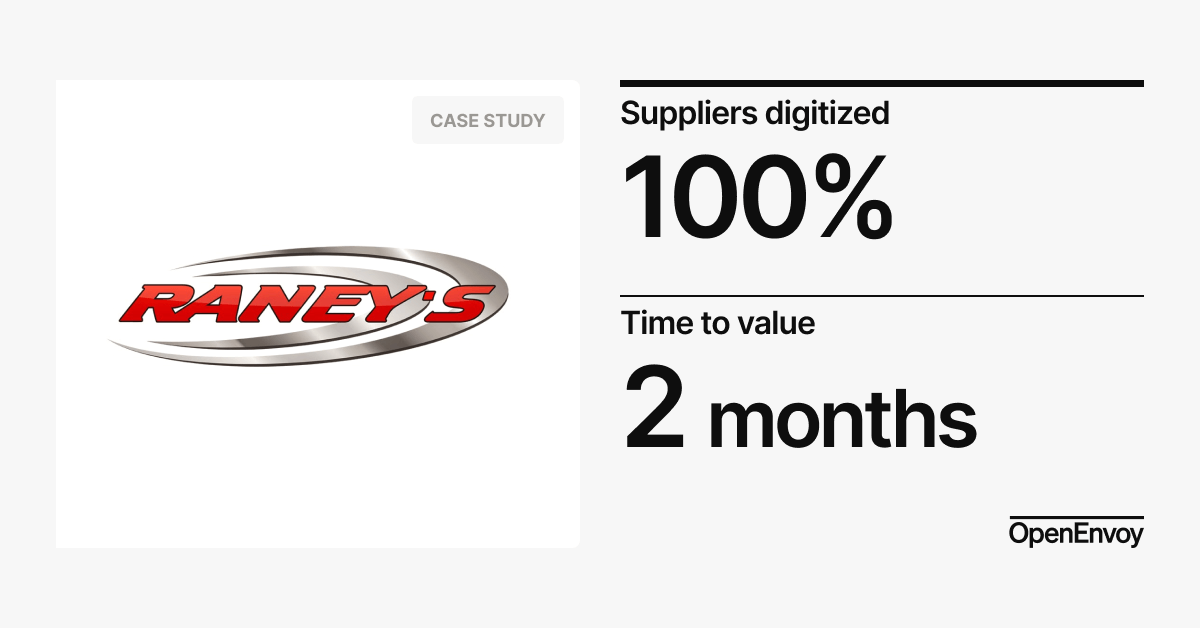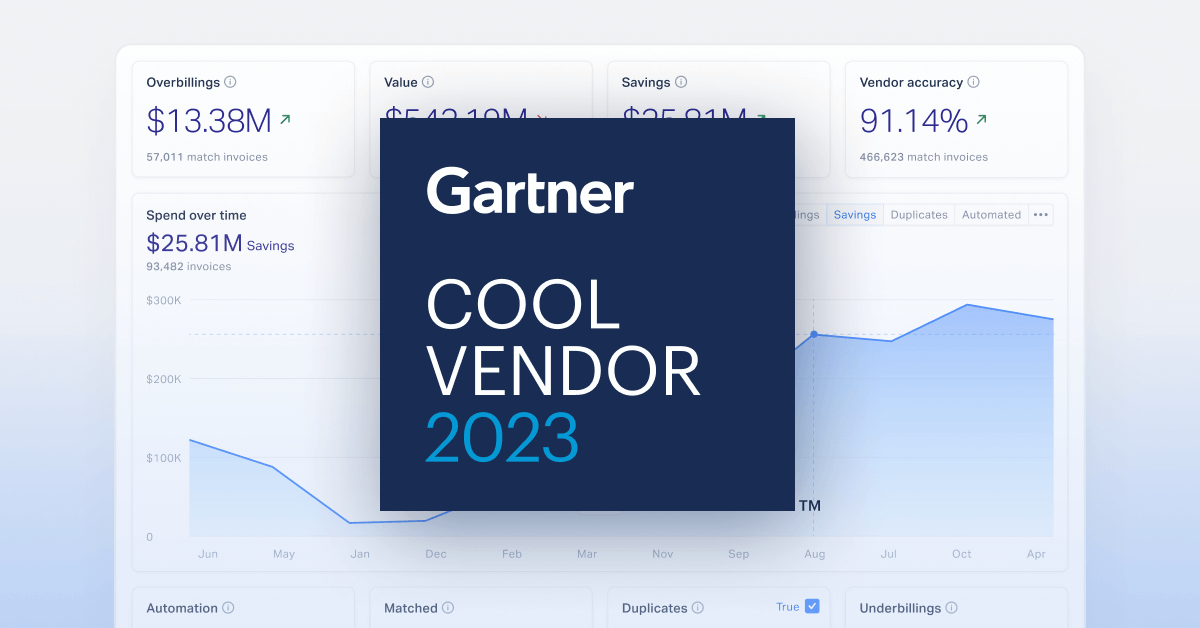The growing challenge of tariff-driven financial risks
Imagine losing millions in unexpected costs—not because of poor sales, but due to a single misclassified tariff or a missed refund claim. For manufacturers, these risks are hidden in plain sight, quietly eroding margins with every transaction.
Tariffs are more than just a line item on a balance sheet. They create a ripple effect across every aspect of a manufacturing business, from supply chain operations to profit margins and regulatory compliance. Manufacturers are facing increasing complexity, financial uncertainty, and compliance risks that traditional systems can’t keep up with.
1. Increased complexity: The hidden cost of tariffs
Tariffs introduce a level of complexity that disrupts financial planning, forecasting, and budgeting. Manufacturers must now track:
- Constantly changing tariff rates
- Exemptions and retaliatory measures
- Regulatory requirements across multiple sourcing locations
This complexity increases the risk of financial miscalculations and inaccurate cost projections. According to the National Association of Manufacturers (NAM), a significant percentage of manufacturers report spending more time and resources on trade compliance than ever before.
Without automation, tracking these changes manually is not only inefficient—it’s risky. Delays in adapting to new tariffs can lead to unexpected cost overruns and compliance gaps that impact the bottom line.
But complexity doesn’t just strain internal resources—it has a ripple effect on your entire supply chain.
2. Supply chain disruptions: The domino effect of tariff policies
Tariffs force manufacturers to shift sourcing strategies to mitigate cost impacts. This creates sudden disruptions in:
- Supplier relationships
- Material availability
- Lead times and logistics
For example, a recent Deloitte Automotive Supplier Study highlights how the automotive industry has experienced significant volatility in parts pricing due to tariff-related sourcing changes. This unpredictability makes it nearly impossible to maintain stable production costs, impacting both revenue forecasts and operational efficiency.
Without real-time visibility into supply chain data, manufacturers struggle to adapt quickly and optimize procurement strategies under new trade conditions.
And as supply chains shift under tariff pressures, the financial impact is felt where it hurts most: your profit margins.
3. Erosion of profit margins: The silent threat
Tariffs directly increase the cost of imported materials, putting intense pressure on already thin manufacturing margins. Companies face tough decisions:
- Absorb the costs, which reduces profitability
- Pass costs to customers, risking competitiveness
- Seek alternative suppliers, which may compromise quality or reliability
According to data from Jaggaer, industries like electronics manufacturing have seen an average decline in profit margins since the introduction of recent tariffs. The challenge isn’t just the additional cost—it’s the unpredictability of when and how those costs will shift.
4. Increased risk of errors: A compliance time bomb
The complexity of tariff regulations increases the likelihood of:
- Incorrect HTS classifications
- Missed duty drawback claims
- Errors in customs declarations
These mistakes can lead to financial penalties, shipment delays, and even reputational damage. Studies show that up to 30% of invoices contain errors, and the added complexity of tariff regulations only makes this problem worse.
Manual processes are fail to catch these costly errors, exposing companies to risks that could have been prevented with AI.
The five ways AI-powered AP automation solves these challenges
While tariffs create new layers of risk, AI-powered AP automation offers a path to resilience. By leveraging automation, manufacturers can:
1. Simplify complexity with automation
AI-powered AP automation reduces the burden of managing constantly changing tariff rates, exemptions, and regulatory requirements. It automates:
- Invoice processing and reconciliation
- Compliance checks for trade regulations
- Real-time tracking of tariff changes
This eliminates manual errors and reduces the administrative burden on finance teams, enabling them to focus on strategic planning.
2. Gain real-time visibility to navigate supply chain disruptions
With AI-driven automation, manufacturers gain real-time visibility into:
- Tariff-related costs across the supply chain
- Supplier data and material sourcing risks
- Duty drawback eligibility
This empowers finance and supply chain teams to make fast, informed decisions and quickly adapt to changes in trade policies.
3. Drive cost-saving insights to protect profit margins
AI doesn’t just process data—it identifies cost-saving opportunities. Through advanced analytics, manufacturers can:
- Detect inefficiencies in sourcing and procurement
- Analyze spending patterns to optimize costs
- Identify profit leakage caused by tariff mismanagement
This helps companies maintain healthier margins even when tariffs fluctuate.
4. Ensure compliance without manual effort
AI-powered automation helps ensure regulatory compliance by:
- Automatically validating HTS classifications
- Flagging errors before payments are processed
- Maintaining audit-ready records
This proactive approach reduces the risk of penalties, audit failures, and reputational damage.
5. Future-proof operations with scalable AI
As global trade dynamics evolve, businesses need solutions that can scale. AI-powered AP automation:
- Handles increasing invoice volumes without performance issues
- Adapts seamlessly to new tariff regulations
- Reduces dependency on manual workarounds that don’t scale
This ensures long-term resilience, allowing manufacturers to stay competitive in an unpredictable trade environment.
Tariffs and trade complexities aren’t going away—but the risks they create don’t have to threaten your margins. AI-powered AP automation doesn’t just help you keep up; it helps you stay ahead. Are you ready to eliminate the hidden costs and secure your financial future?
Book a demo with OpenEnvoy today.




